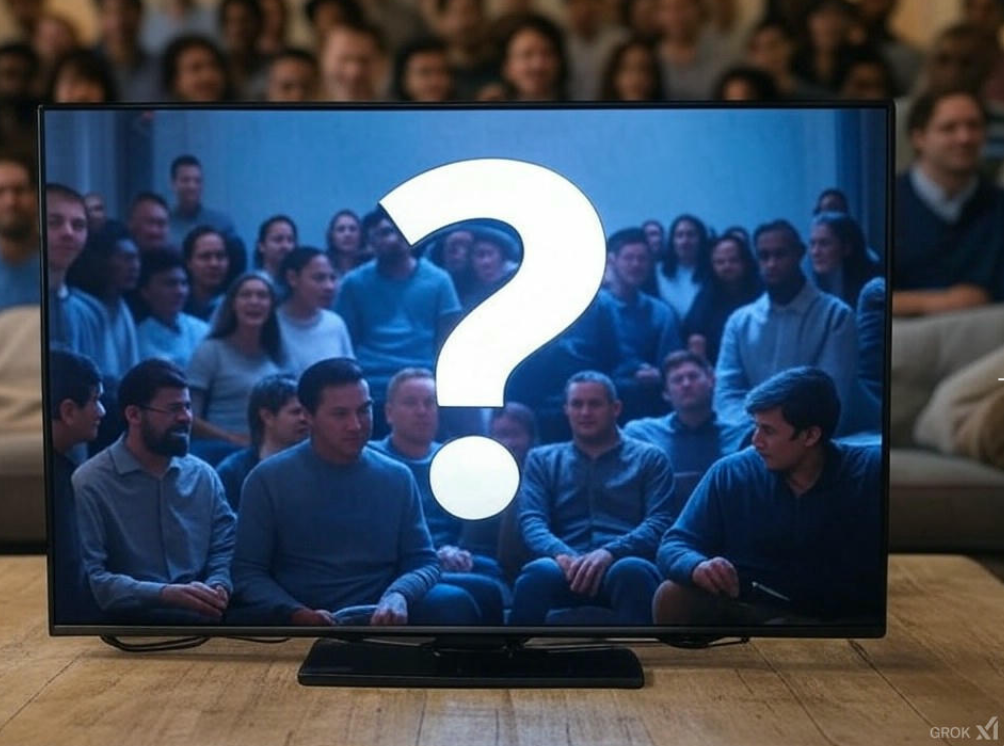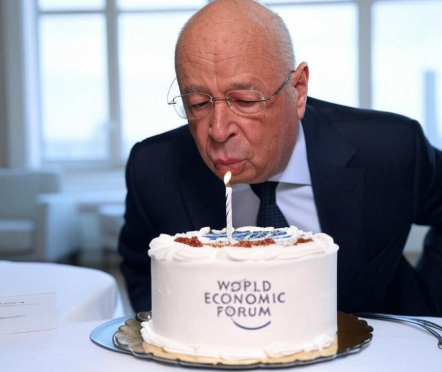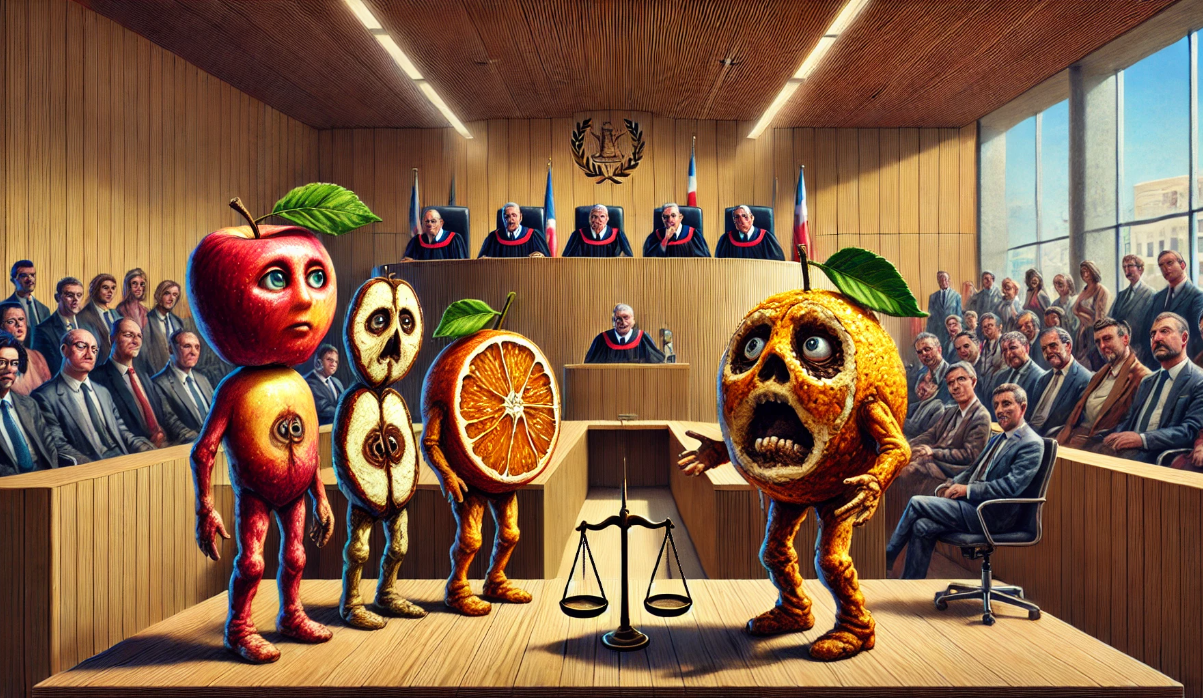In today’s fast-paced world, where the demands of work often extend beyond traditional hours, the implications for family life, media consumption and societal discourse are profound. As work hours increase, the time and energy available for critical thinking diminish, transforming the way families engage with news and information, leading to a landscape where entertainment overshadows education, and where news can morph into what we traditionally recognize as yellow journalism.
The Impact of Extended Work Hours
Extended work hours have a direct correlation with decreased engagement in family activities that foster critical thinking. Research by Greenhaus and Beutell (1985) highlights how work-family conflict can result in reduced family interaction, where family members are too exhausted or preoccupied to engage in meaningful discussions or educational pursuits (Greenhaus & Beutell, 1985). This exhaustion affects not only the ability to critically analyze news but also to impart these skills to younger generations fostering a demand for entertainment news that strikes a cord with their formulated bias.
– Family Media Consumption: With less time for in-depth analysis, families turn to media that requires less cognitive effort. A study by Przybylski et al. (2013) suggests that the consumption of media for entertainment purposes increases with stress, leading to a preference for quick, digestible content over nuanced news reporting (Przybylski et al., 2013). This shift is particularly concerning as it aligns with the tactics of yellow journalism, which emphasizes sensationalism over substance, further blurring the lines between entertainment and journalism.
– Critical Thinking Deficit: The lack of time for reflection and discussion within families means that media literacy, an essential component of critical thinking, is not nurtured. The work of Livingstone (2018) emphasizes the importance of media literacy in navigating the digital world, suggesting that without it, individuals are more vulnerable to manipulation (Livingstone, 2018).
Polarization and Yellow Journalism
As media becomes more entertainment-oriented, it often amplifies polarized narratives, contributing to societal division. The term “yellow journalism” has resurfaced in this context, where media outlets prioritize shock value and partisanship over factual reporting.
– Division and Violence: The proliferation of sensationalist news has been linked to increased social discord, sometimes escalating into violence. Research by Somerville, Hargreaves, and Hess (2019) indicates that media narratives can exacerbate political polarization, leading to real-world conflicts (Somerville et al., 2019). This division is often exploited by those in power, or as some might claim, by a “global cabal.”
– Narrative Control by Political Assets: The notion of “One Nation Under Blackmail” by Whitney Webb (2022) describes a scenario where political figures and media moguls operate under the influence of a secretive elite, manipulating public perception and policy (Webb, 2022). While this narrative is controversial and not universally accepted, it underscores the idea that those in control might be shaping public discourse for their benefit, on both a national and global scale.
Global Implications
The phenomena described do not confine themselves to one nation; they are part of a global trend where the manipulation of information serves to maintain or expand the power of a few at the expense of many. The global scale of media conglomerates and their influence on national policies and public opinion is a topic of ongoing debate, with critics arguing that this leads to a uniformity of thought that stifles diversity and fosters division.
The cycle of long work hours, reduced family interaction, and the consumption of entertainment masquerading as news has significant repercussions for societal cohesion and democratic health. As we navigate this landscape, fostering environments where critical thinking can thrive is crucial. This involves not just individual and family efforts but also systemic changes in how work, media, and education intersect. Without these changes, we risk further deepening the divides that threaten our collective future.
References
– Greenhaus, J. H., & Beutell, N. J. (1985). Sources of conflict between work and family roles. Academy of Management Review, 10(1), 76-88.
– Livingstone, S. (2018). Children and the Internet: Great expectations, challenging realities. Polity.
– Przybylski, A. K., Murayama, K., DeHaan, C. R., & Gladwell, V. (2013). Motivational, emotional, and behavioral correlates of fear of missing out. Computers in Human Behavior, 29(4), 1841-1848.
– Somerville, K., Hargreaves, I., & Hess, K. (2019). Media and Public Shaming: Drawing the Boundaries of Disclosure. Palgrave Macmillan.
– Webb, W. (2022). One Nation Under Blackmail: The Sordid Union Between Intelligence and Organized Crime That Gave Rise to Jeffrey Epstein. Trine Day.
![]()





